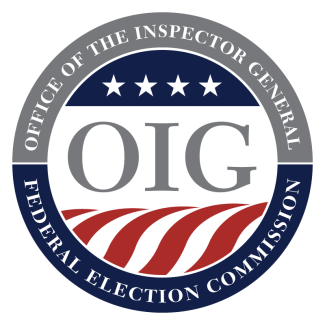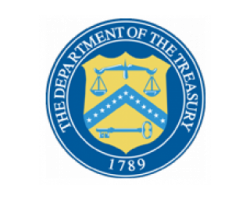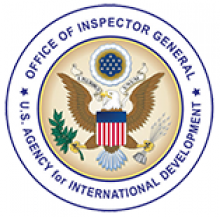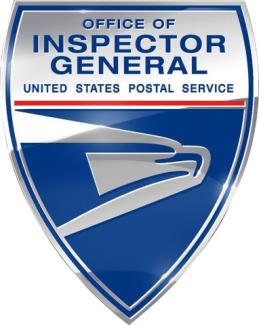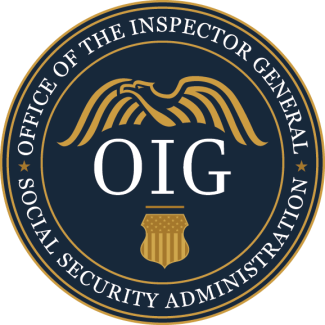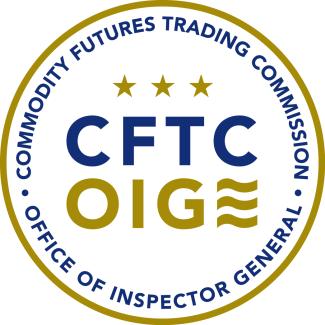The Office of Inspector General (OIG) for the Federal Election Commission (FEC) engaged Brown & Company CPAs and Management Consultants, PLLC (brown & Company) to conduct a performance audit of the FEC’s Equal Employment Opportunity (EEO) and Diversity, Equity, Inclusion, & Accessibility (DEIA) Programs as of September 30, 2023.Objectives:1. To assess FEC’s EEO compliance with statutory requirements, applicable EEOC and OPM guidance, best practices, as well as applicable agency policies and procedures. 2. To analyze FEC’s implementation of diversity and inclusion efforts related to the workforce in order to identify strengths and/or barriers including equal opportunity for minorities and women to obtain senior management positions, and increase racial, ethnic, and gender diversity in the workforce.
| Report Date | Agency Reviewed / Investigated | Report Title | Type | Location | |
|---|---|---|---|---|---|
| Federal Election Commission | Performance Audit of the Federal Election Commission’s (FEC) Equal Employment Opportunity Office and Diversity, Equity, Inclusion, & Accessibility Programs | Audit | Agency-Wide | View Report | |
| Financial Stability Oversight Council | 2024 CIGFO ANNUAL REPORT | Other | Agency-Wide | View Report | |
| U.S. Agency for International Development | Financial Audit of USAID Resources Managed by Amhara Development Association in Ethiopia Under Multiple Agreements, July 8, 2022, to July 7, 2023 | Other |
|
View Report | |
| U.S. Agency for International Development | Financial Audit of USAID Resources Managed by Baylor College of Medicine Children's Foundation Lesotho Under Cooperative Agreement 72067419CA00016, July 1, 2022, to June 30, 2023 | Other |
|
View Report | |
| U.S. Agency for International Development | Financial Audit of USAID Resources Managed by Centro de Aprendizagem e Capacitao da Sociedade Civil in Mozambique Under Multiple Awards, January 1 to December 31, 2022 | Other |
|
View Report | |
| U.S. Agency for International Development | Closeout Financial Audit of the Integrated Environmental and Territorial Management of Indigenous Lands in the Eastern Amazon Program in Brazil, Managed by Centro de Trabalho Indigenista, 72051219CA00002, January 1, 2021, to March 27, 2023 | Other |
|
View Report | |
| Postal Regulatory Commission | PRC Strategic Objectives: Year One of Five-Year Plan | Audit | Agency-Wide | View Report | |
| Social Security Administration | Reducing Processing Centers’ Pending Actions | Audit | Agency-Wide | View Report | |
| U.S. Postal Service | Puerto Rico District: Delivery Operations | Audit |
|
View Report | |
| Commodity Futures Trading Commission | Audit Peer Review Report on the CFTC OIG for Period Ending March 2022 | Peer Review of OIG | Agency-Wide | View Report | |


